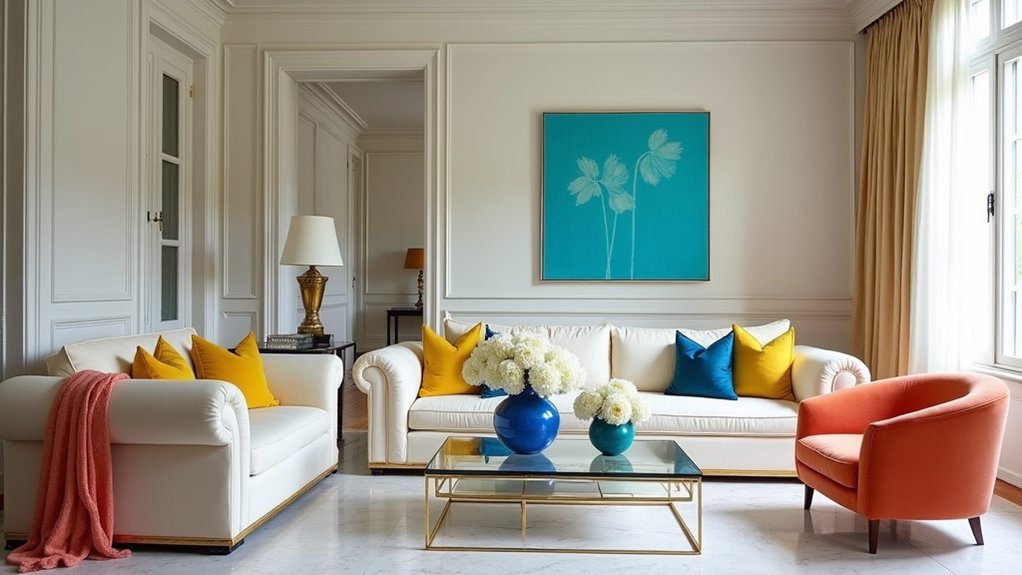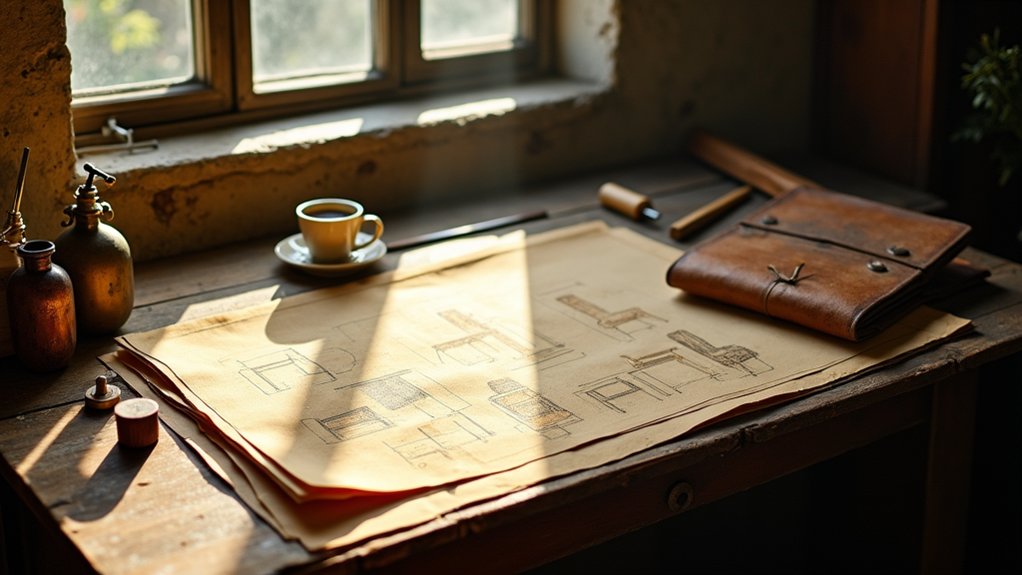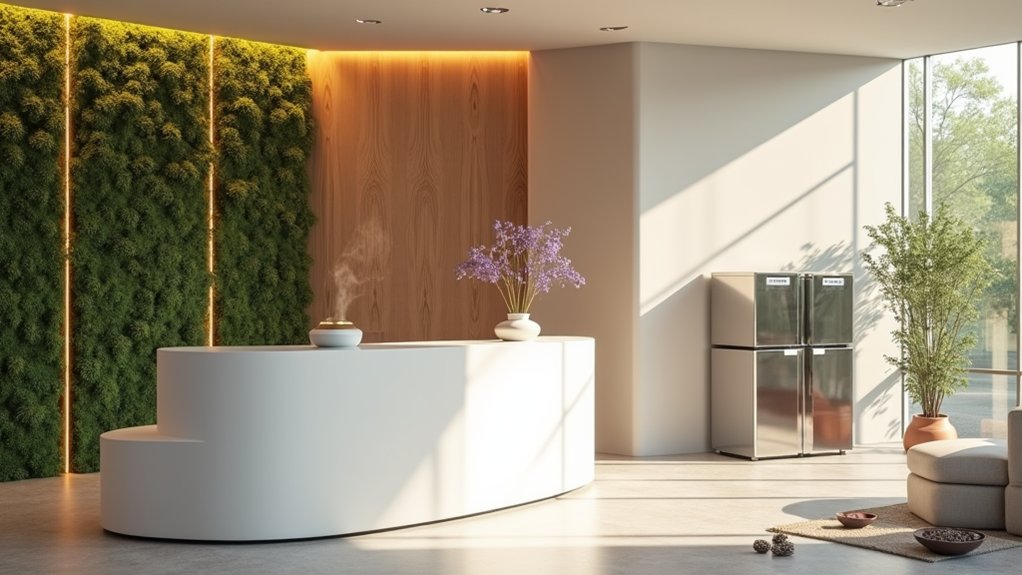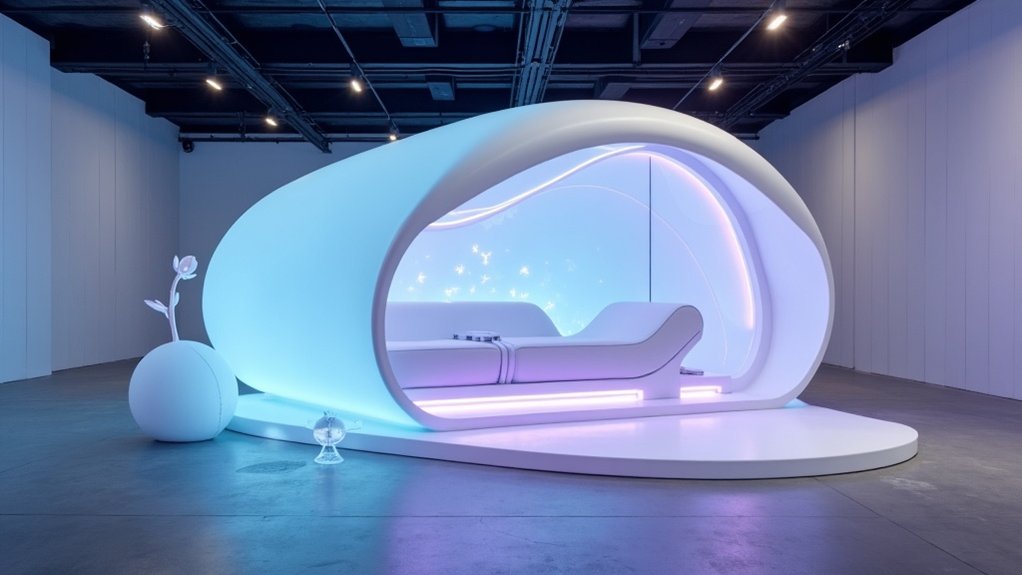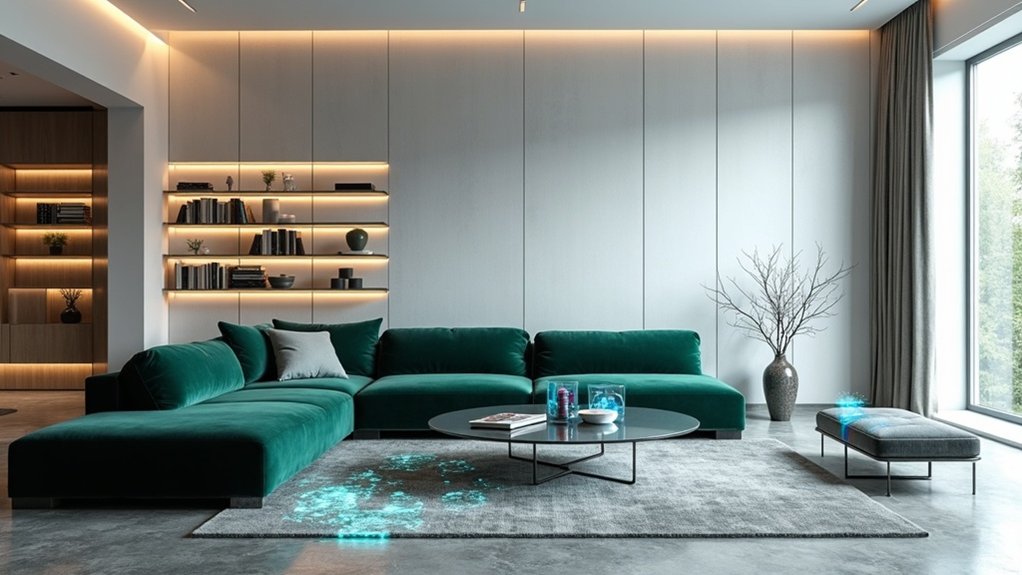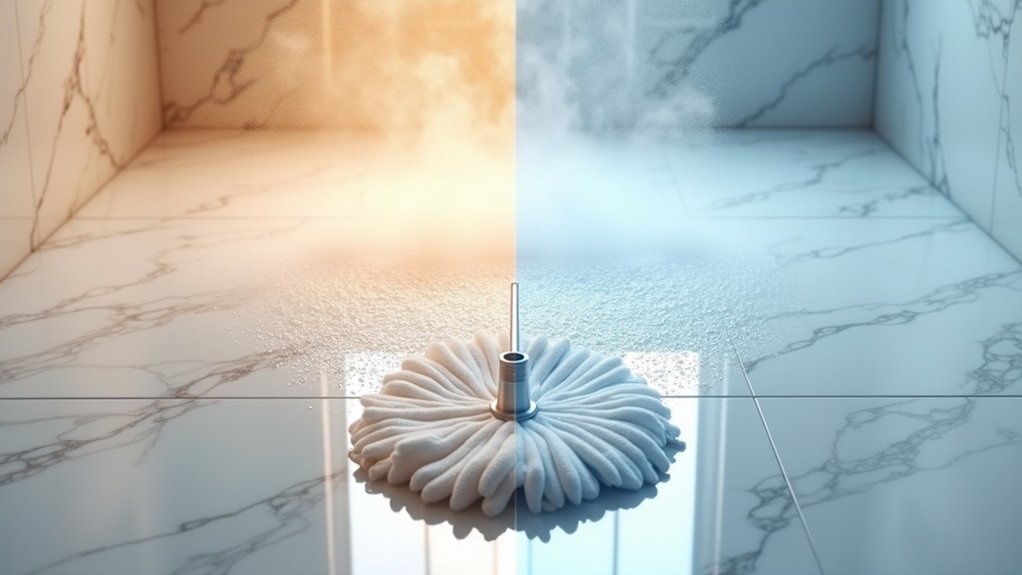Few design aesthetics capture the imagination quite like Parisian home design, with its distinctive blend of classical architecture and effortless sophistication. “The magic of Parisian interiors lies in their ability to feel both curated and completely natural,” notes interior designer Marie-Claire Dubois, who has renovated numerous Haussmannian apartments throughout the city’s arrondissements.
The foundation of Parisian style begins with architectural elements that remain largely untouched since Baron Haussmann’s nineteenth-century transformation. Ornate crown moldings trace the perimeter of soaring ceilings, while herringbone parquet floors create geometric patterns underfoot. These original features aren’t merely preserved; they’re celebrated as the canvas upon which modern life unfolds. Plaster rosettes and ceiling medallions often center around magnificent chandeliers, creating focal points that draw the eye upward and emphasize the grandeur of these historic spaces.
Original architectural elements become the celebrated canvas upon which modern Parisian life unfolds.
Large windows framed with decorative hardware flood rooms with natural light, illuminating spaces where history and contemporary living seamlessly merge. The strategic placement of oversized ornate mirrors amplifies this natural illumination while adding theatrical drama to even the most modest spaces.
Color plays a subtle yet vital role in achieving authentic Parisian ambiance. Neutral tones dominate—whites, beiges, and soft greys create an envelope of calm sophistication. Against this backdrop, strategic bursts of color appear through carefully chosen accents. “The use of saturated hues in small doses can transform a room, making it feel more alive,” adds Dubois, emphasizing the importance of intentional color selection.
“Parisians understand restraint,” explains textile designer Laurent Moreau. “A single emerald velvet chair or cobalt blue cushion makes more impact than an entire rainbow palette.”
The art of furniture selection reveals itself through seemingly effortless combinations. A Louis XVI bergère might sit beside a sleek Italian floor lamp, while a weathered zinc-topped bistro table serves coffee beneath a contemporary abstract painting.
This mixing of periods and styles appears spontaneous but requires careful editing. Each piece earns its place through both aesthetic merit and functional purpose.
Textiles add layers of luxury without ostentation. Linen curtains pool slightly on worn oak floors, while cashmere throws drape casually over vintage leather club chairs.
Natural materials—marble mantels, brass fixtures, raw wood beams—provide authentic textures that synthetic alternatives cannot replicate.
Perhaps most significantly, Parisian interiors welcome imperfection as character. A slightly faded Aubusson rug, books stacked on every available surface, fresh peonies wilting gracefully in a chipped Limoges vase—these elements create homes that feel genuinely lived in rather than staged.
This philosophy transforms apartments into personal sanctuaries where elegance never sacrifices comfort.
